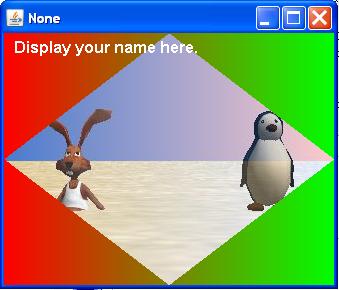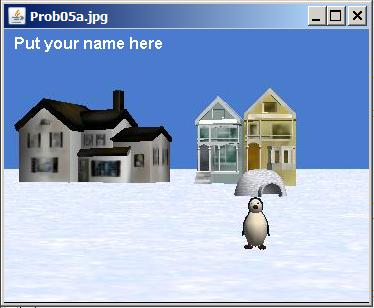| << Chapter < Page | Chapter >> Page > |
True or false? With a floating point type, positive exponent values mean that the decimal point should be shifted to the left. Negative exponent values meanthat the decimal point should be shifted to the right.
True or false? Java supports two different floating point types:
True or false? The purpose of the char type is to make it possible to represent the letters of the alphabet, the punctuation characters,and the numeric characters internally in the computer. This is accomplished by assigning a numeric value to each character.
True or false? The char type uses a standard character representation known as Unicode to represent up to 65,535 different characters.
True or false? In Java, you usually represent a character in your program by surrounding it with quotation marks as shown below:
"A".
True or false? The boolean type can have three values:
True or false? Java is an extensible programming language, meaning that there is a core component to the language that is always available. Beyondthe core component, different programmers can extend the language in different ways to meet their individual needs.
True or false? As is the case in C++, one of the ways that individual programmers can extend the Java language is to create overloaded operators forthe primitive types.
True or false? One of the ways that individual programmers can extend the Java language is to create new types.
True or false? The specific Java mechanism that makes it possible for programmers to define new types is a mechanism known as the class definition .
What is the meaning of the following two images?
This image was inserted here simply to insert some space between the questions and the answers to keep them from being visible on the screen at thesame time.
The image is also an example of the kinds of things that we do in my course titled ITSE 2321, Object-Oriented Programming.

This image was also inserted for the purpose of inserting space between the questions and the answers.

True.
True.
False. Java does not allow programmers to create overloaded operators for the primitive types.
True.
False. The boolean type can have only two values:
False. In Java, you usually represent a character in your program by surrounding it with apostrophes as shown below:
'A'.
True.
True.
True.
False. With a floating point type, positive exponent values mean that the decimal point should be shifted to the right . Negative exponent values mean that the decimal point should be shifted to the left .
True.
False. Other than type char , there are no unsigned whole-number primitive types in Java.
True.
False. In Java, there are five different whole-number types:
True.
False. The primitive types are part of the core language.
True.
Four of the possible operations are:
False. If you have an instance of the byte type, the set of all possible values that you can store in that instance is the set of all thewhole numbers ranging from -128 to +127.
True.
True.
False. In Java, data type boolean conceptually has nothing to do with numeric values, but deals only with the concept of true or false .
True.
False. Some data types such at type int involve whole numbers only (no fractional parts are allowed) .
True.
This section contains a variety of miscellaneous information.
Financial : Although the Connexions site makes it possible for you to download aPDF file for this module at no charge, and also makes it possible for you to purchase a pre-printed version of the PDF file, youshould be aware that some of the HTML elements in this module may not translate well into PDF.
I also want you to know that, I receive no financial compensation from the Connexions website even if you purchase the PDF version ofthe module.
In the past, unknown individuals have copied my modules from cnx.org, converted them to Kindle books, and placed them for sale onAmazon.com showing me as the author. I neither receive compensation for those sales nor do I know who does receive compensation. If youpurchase such a book, please be aware that it is a copy of a module that is freely available on cnx.org and that it was made andpublished without my prior knowledge.
Affiliation : I am a professor of Computer Information Technology at Austin Community College in Austin, TX.
-end-

Notification Switch
Would you like to follow the 'Object-oriented programming (oop) with java' conversation and receive update notifications?